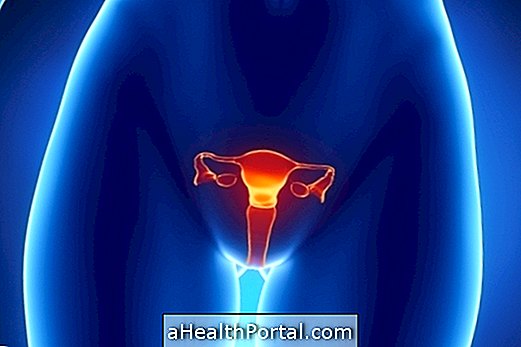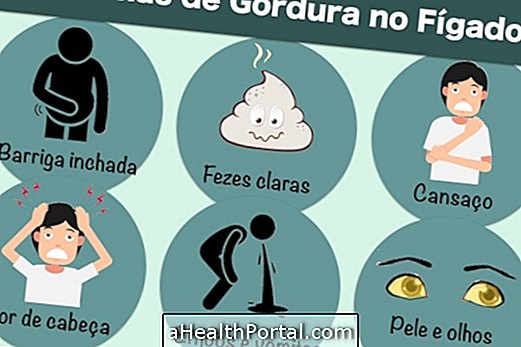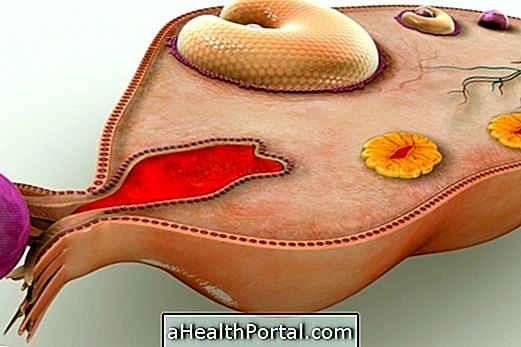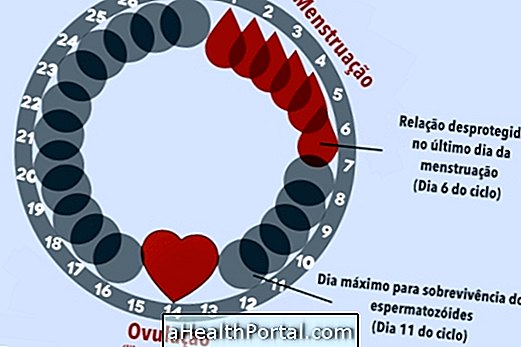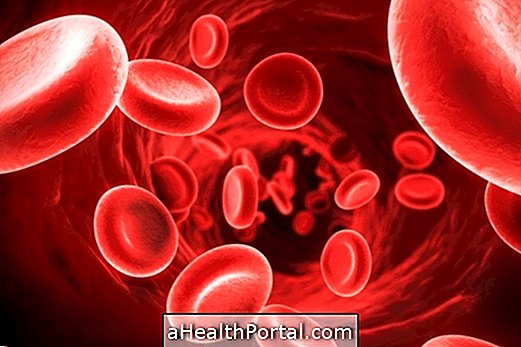Cystic fibrosis is characterized primarily by symptoms related to the respiratory system, such as difficulty breathing, shortness of breath and frequent respiratory infections. In addition, there may be digestive symptoms, such as the production of bulky, greasy, foul-smelling stools and constipation, for example.
Symptoms of cystic fibrosis usually arise during childhood or in adult life and should be treated as well as possible to prevent progression and relieve symptoms. Understand how the treatment is done for cystic fibrosis.
Cystic fibrosis is a genetic and hereditary disease characterized by the production of very thick secretions that accumulate in the lung and digestive tract, interfering in the quality of life of the person. Learn more about cystic fibrosis.

Main symptoms
Symptoms of cystic fibrosis usually appear during childhood, but may vary from person to person and the degree of patient adherence to treatment. The most characteristic symptom of cystic fibrosis is the accumulation of mucus in the respiratory tract, which favors the accumulation of microorganisms and a greater recurrence of respiratory infections.
The main symptoms associated with cystic fibrosis are:
Respiratory symptoms
- Feeling of shortness of breath;
- Persistent cough, there may be phlegm or blood;
- Wheezing;
- Difficulty breathing after exercise;
- Chronic sinusitis;
- Frequent pneumonia and bronchitis;
- Recurrent lung infections;
- Formation of nasal polyps, which corresponds to abnormal growth of the tissue lining the nose. Understand what the nasal polyp is and how to treat it.
Digestive symptoms
- Fetid odor, bulky and greasy;
- Difficulty gaining weight;
- Weight below normal;
- Frequent constipation;
- Difficulty of growth;
- Progressive malnutrition.
In addition to these symptoms, it is common for people with cystic fibrosis to have joint pain, blood sugar accumulation and sweat salty, for example, which favors dehydration.
Cystic fibrosis and diabetes
Although the percentage of people who develop diabetes due to cystic fibrosis is low, it is possible. This is due to progressive fibrosis of the pancreas due to the large amount of mucus, which causes the pancreas to produce less insulin, resulting in higher concentrations of blood sugar and consequently diabetes.
How To Diagnose Cystic Fibrosis
The diagnosis of cystic fibrosis can be made at birth by means of the test of the foot. However, to confirm the diagnosis it is necessary to perform the sweat examination and genetic tests that allow to identify the mutation responsible for the disease.
In addition, it is possible that the carrier test, which verifies the risk of the couple having children with cystic fibrosis, is performed mainly by people who have a history of the disease in the family.
When the person is not diagnosed at birth or in the first months of life, the diagnosis can be made through blood tests for the purpose of screening for the characteristic mutation of the disease, or by culturing samples of material from the throat with the objective of verifying the presence of bacteria and thus allowing the diagnosis, in addition to blood tests to evaluate some specific enzymes.
Pulmonary function tests, as well as chest x-ray or CT scan, may be ordered by the physician. These tests are usually ordered for adolescents and adults who have chronic respiratory symptoms.
